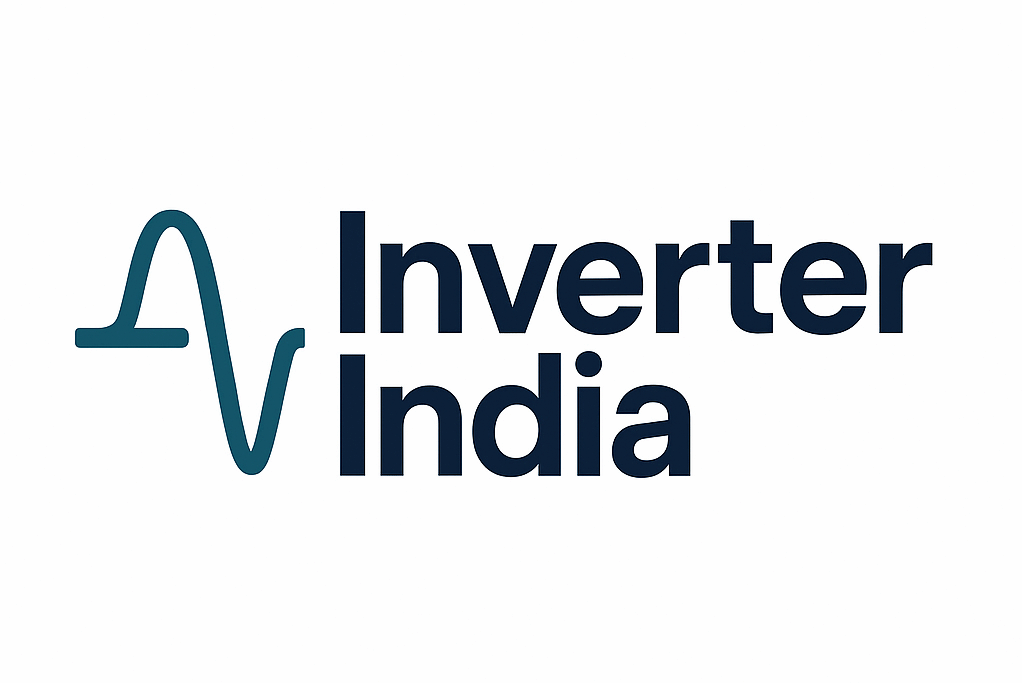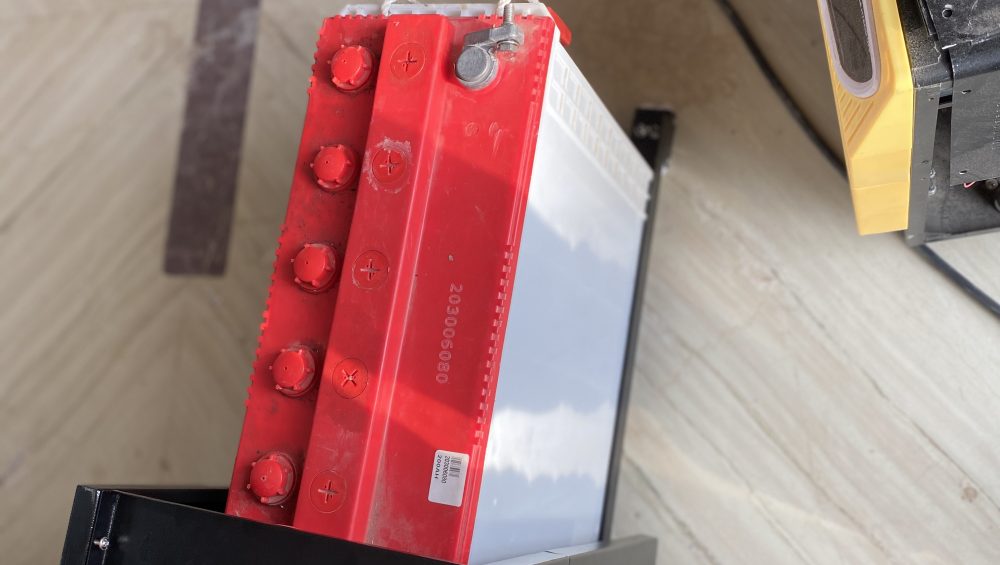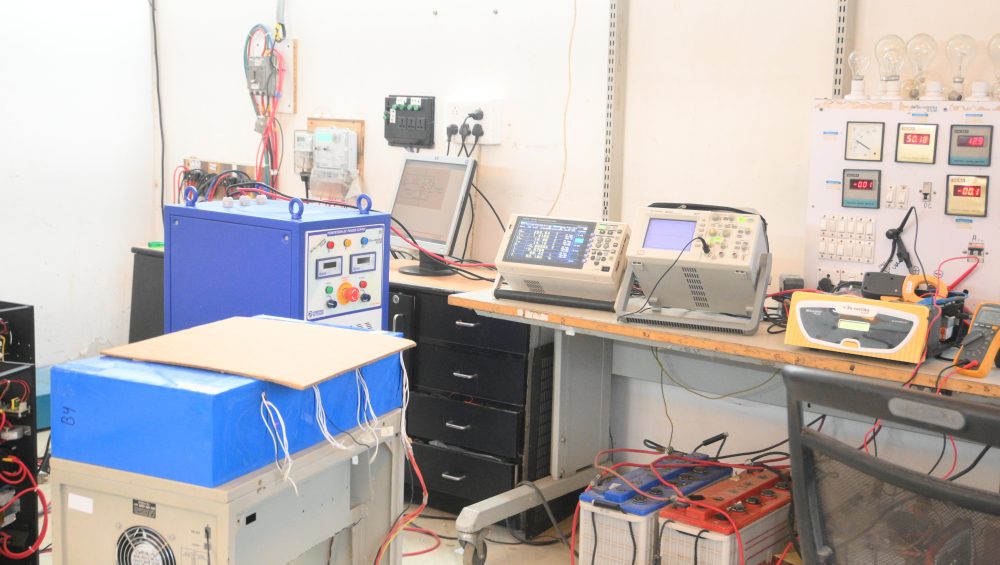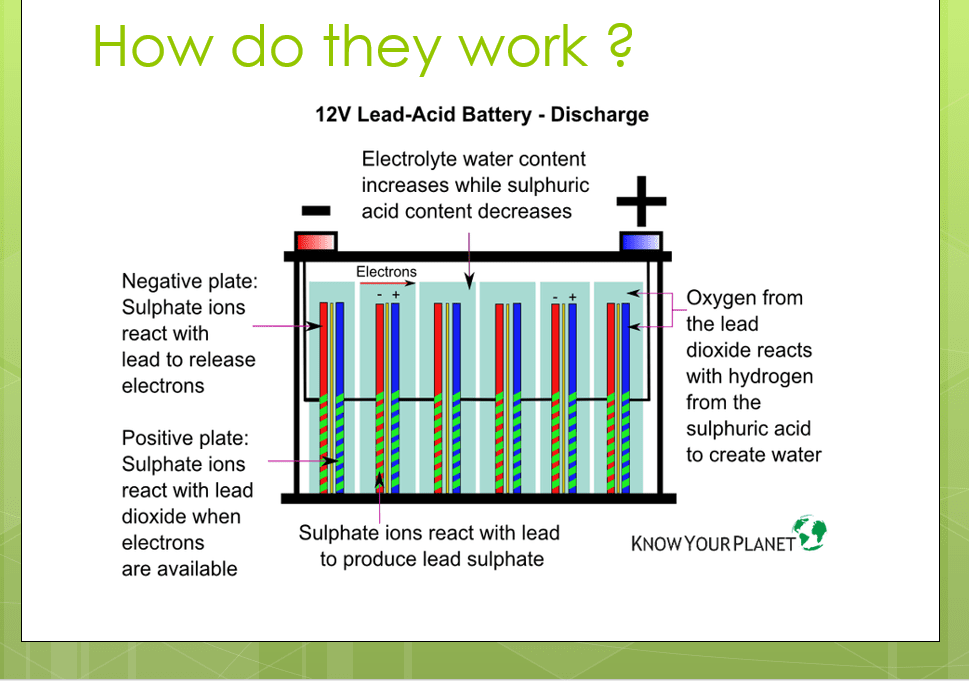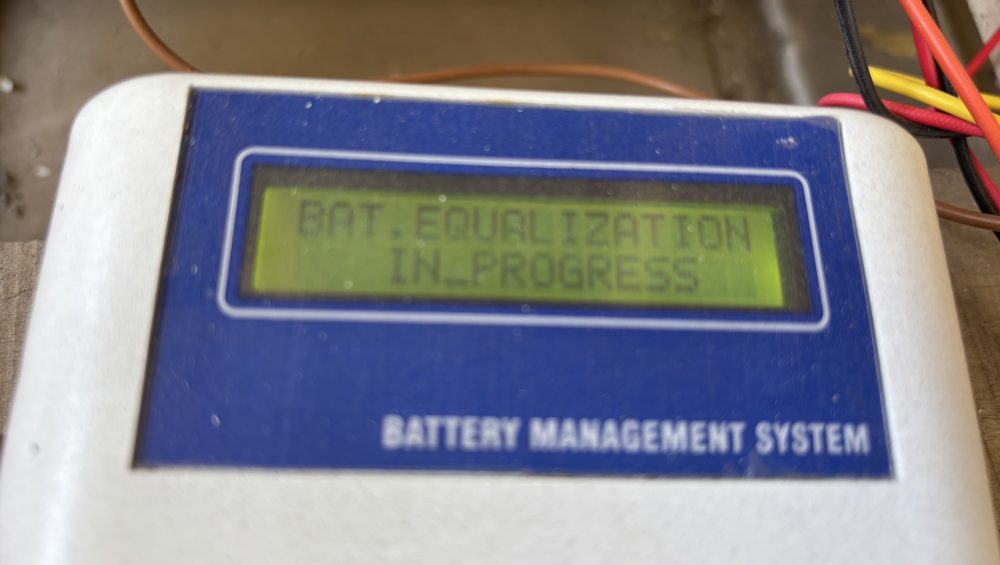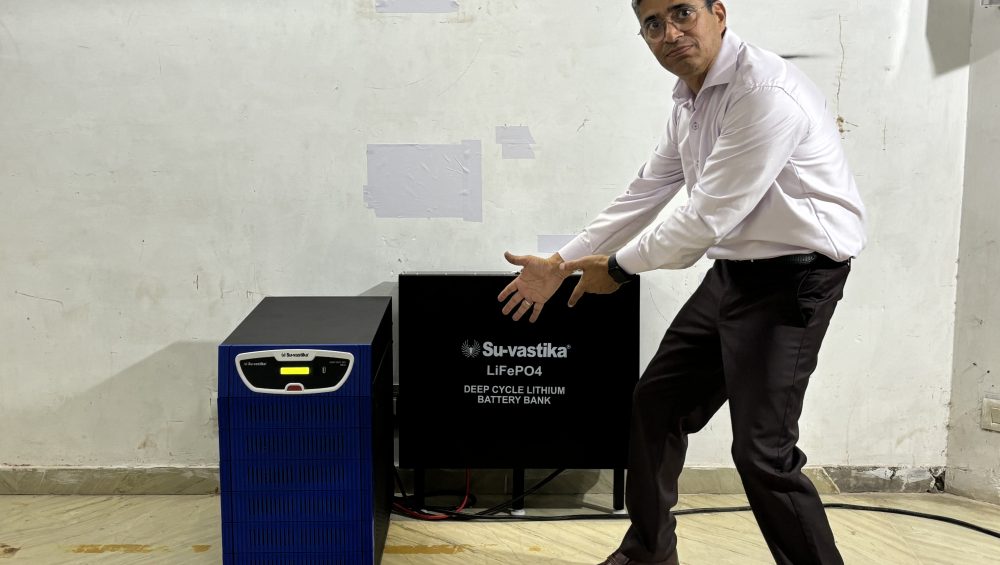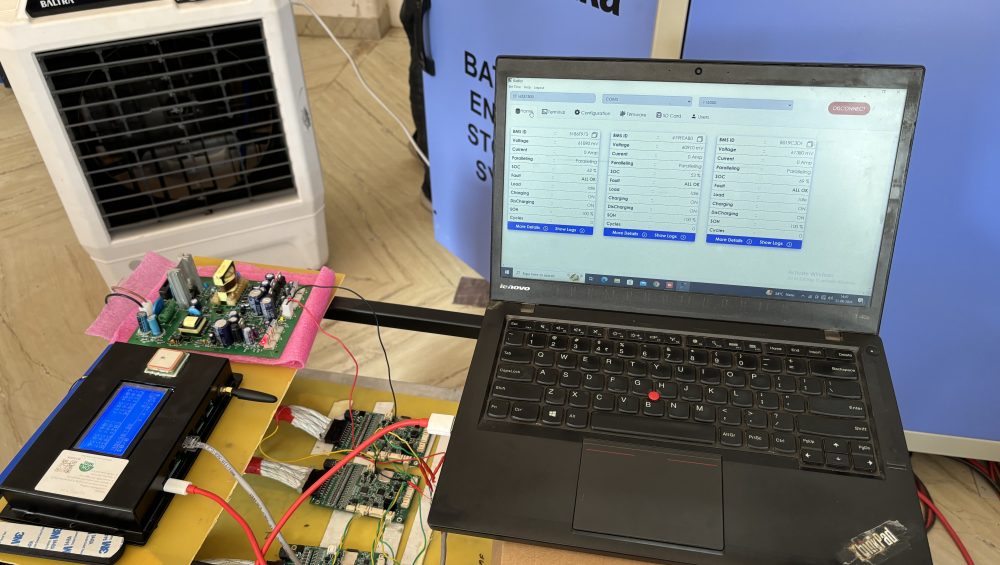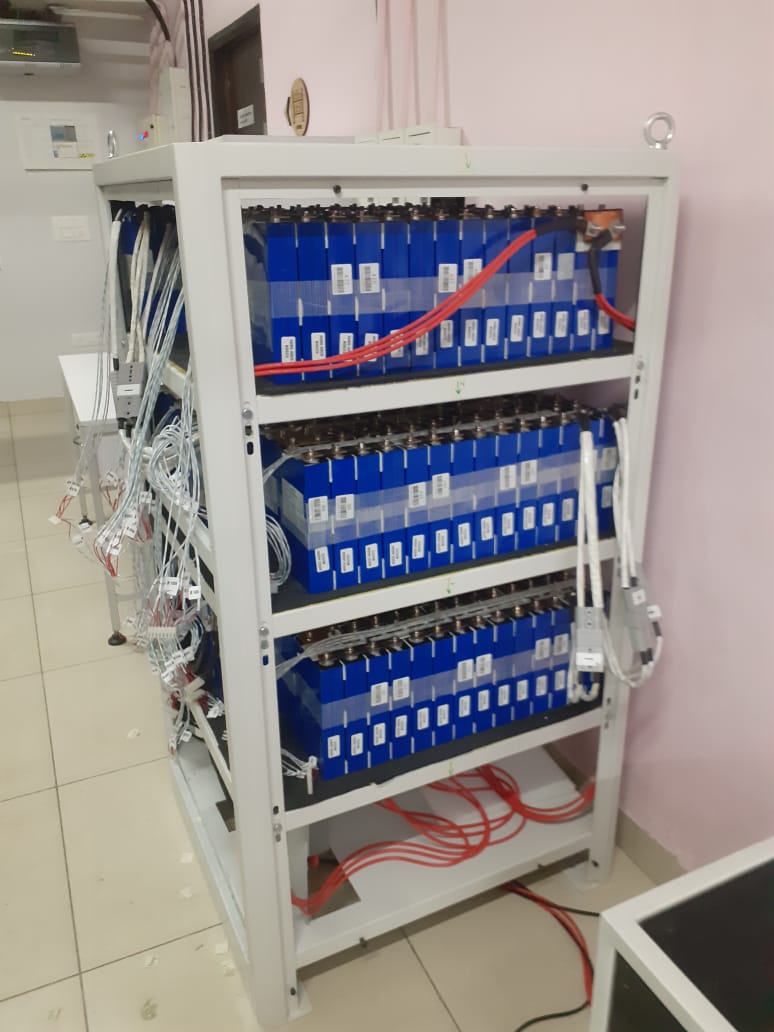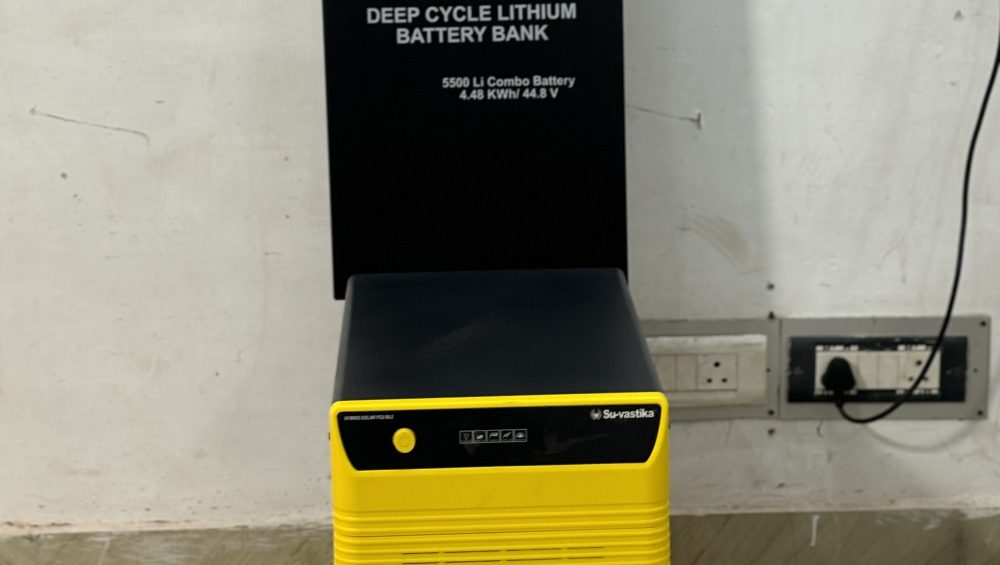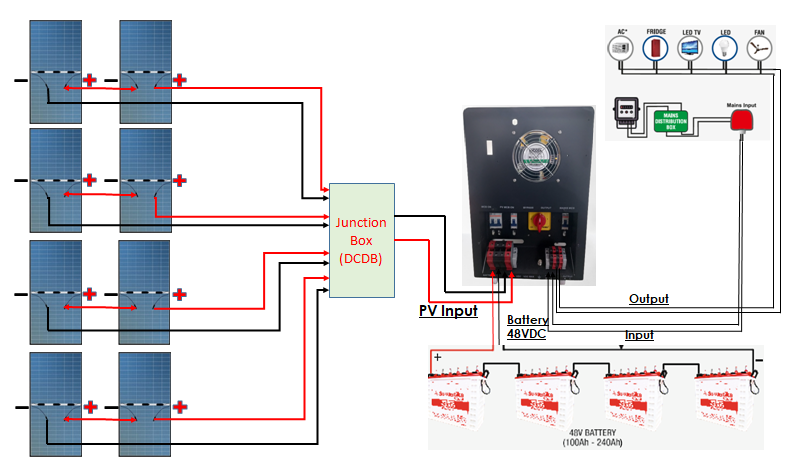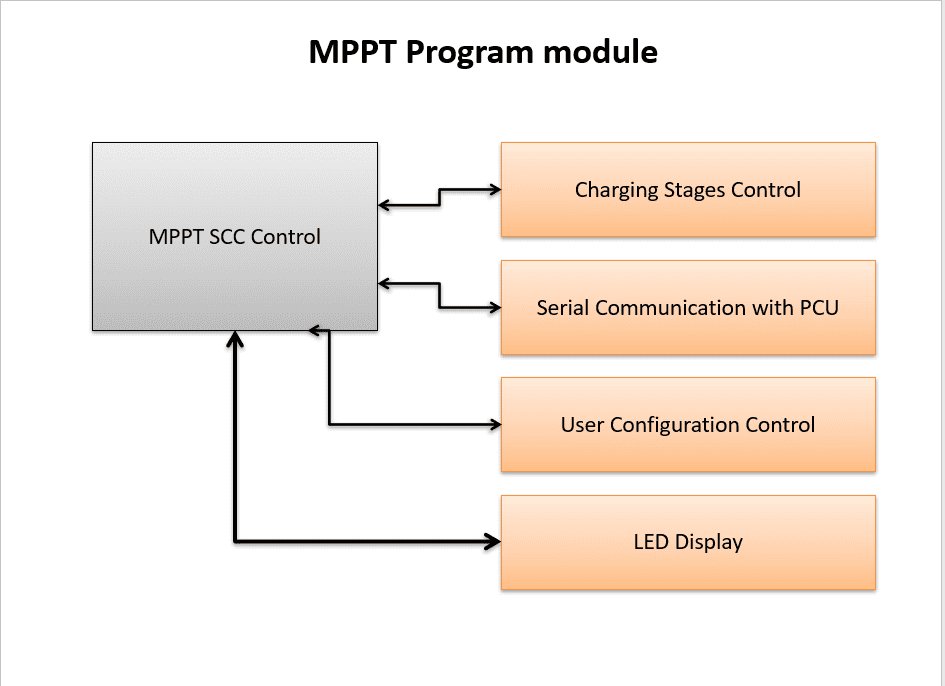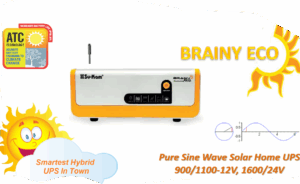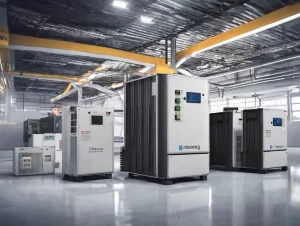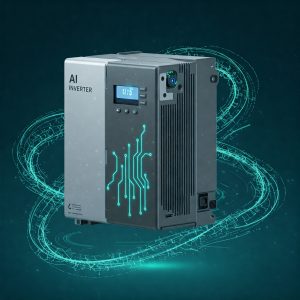
The BMS for lithium inverter/UPS or Battery Energy Storage systems is a new concept; we will discuss this topic in this article.
The importance of BMS in Electric vehicles and inverters/UPS or storage solutions is a very different need comparatively. The Inverter/UPS has a built-in charger and discharger, so the limits of charging and discharging are already known. The major function of the Battery Management System is to control the charging voltage and charging current limits and the discharging current and low voltage battery cutoff. Fast charging may not be an important parameter in inverter/UPS and storage solutions. In solar storage solutions, the charging can be done in 3 to 4 hours, which is much faster than the Tubular lead Acid battery, which takes a minimum of 12 hours to charge. Lithium Cell balancing is a major challenge in most Battery Management Systems as it’s either done with Active or passive equalization.https://en.wikipedia.org/wiki/Battery_balancing
The major challenge the Lithium battery faces is the equalization of cells in a battery pack, as each time we charge the battery pack and discharge the battery pack, there is an equalization imbalance. So, at Su-vastika, we worked for three years to understand this phenomenon and filed three technology patents by which we have learnt the mechanism to control the equalization of lithium cells through the charging mechanism only.
As we charge the lithium pack each time, we try to charge the battery pack at a SOC level where each time we make the cells non-equalize and then try to equalize them continuously, which might decrease the cell life and the BMS power is also wasted and the maintenance of equalization keep increasing over the period. As the battery cells’ IR values will differ over time, the BMS need to equalize the cells more and more, for which BMS need to be designed accordingly. But if we keep the cell voltages to the level where there is no equalization required and we get 93 to 95% output wattage of the cell, then the life of cells and battery pack will increase comparatively. So we did a lot of experiments on cells and realized that if we charge the cells to a particular voltage with a special method of charging, then the cells are charged up to the 93 to 95% level rather than overcharging them by charging the cells according to the limits provided by the cell manufacturer the cells do not get equalization problem at all. We can achieve the equalization between 1mv to 2mv level, which is impossible to get through the BMS that constantly tries to equalize the cell balancing. When trying to balance the cells through an equalization process, the difference between each cell is difficult to maintain. The equalization process of cells is tedious, and the energy wasted is drawn from the battery bank only.

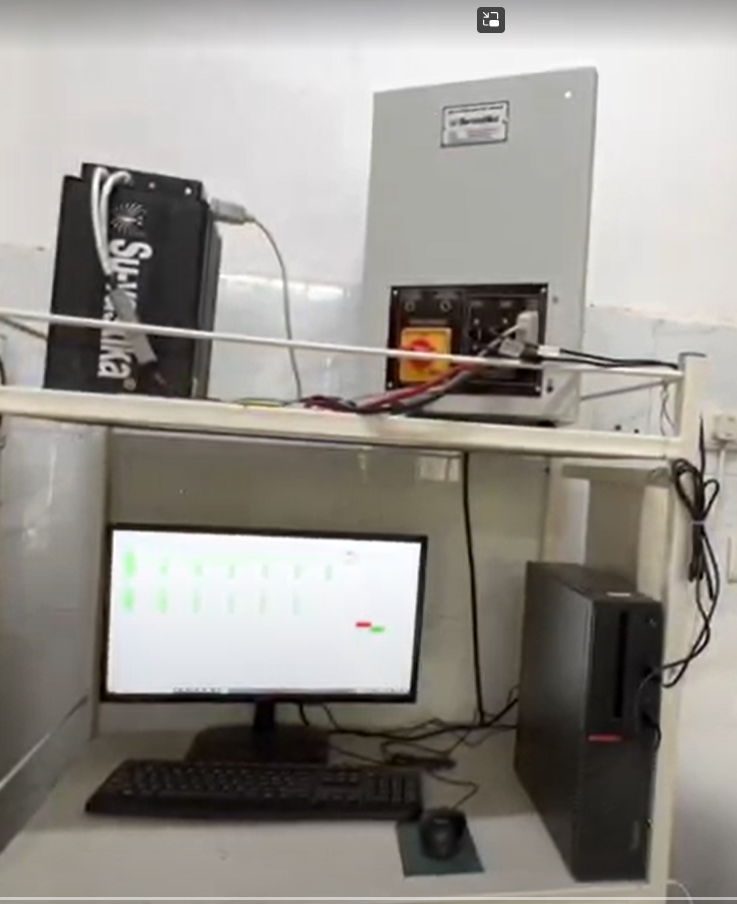
We can achieve three things by this method: reducing heat while charging. In the last stage, charging heat is the main reason for cell destruction.
The cell can never be overcharged as most lithium pack manufacturers prefer to keep the battery charged to 90 and 95% of its capacity.
The Low battery cut is also kept at a higher level so that the cell is not discharged beyond a level that increases its life. The Lithium cell of most types has hardly any energy to give beyond a particular voltage, which has been a well-established fact.
We do not try to charge the battery by 50% of its capacity, which the cell manufacturer recommends in its specification sheet, which can further damage it, as the charging has to be in at least three to 4 hours. Once the heat is minimized inside the battery, life is guaranteed.
The cooling period is provided during the charging process as per different types of lithium chemistry cells.
The absorption stage is another important factor we have given importance to while charging the battery. The algorithm adopted for charging the different types of Lithium cells plays a major role in maintaining the equalization and controlling the heat inside the battery. We cut off charging or discharging to the battery pack in case heat in any cell increases beyond the specification provided by the cell manufacturer.
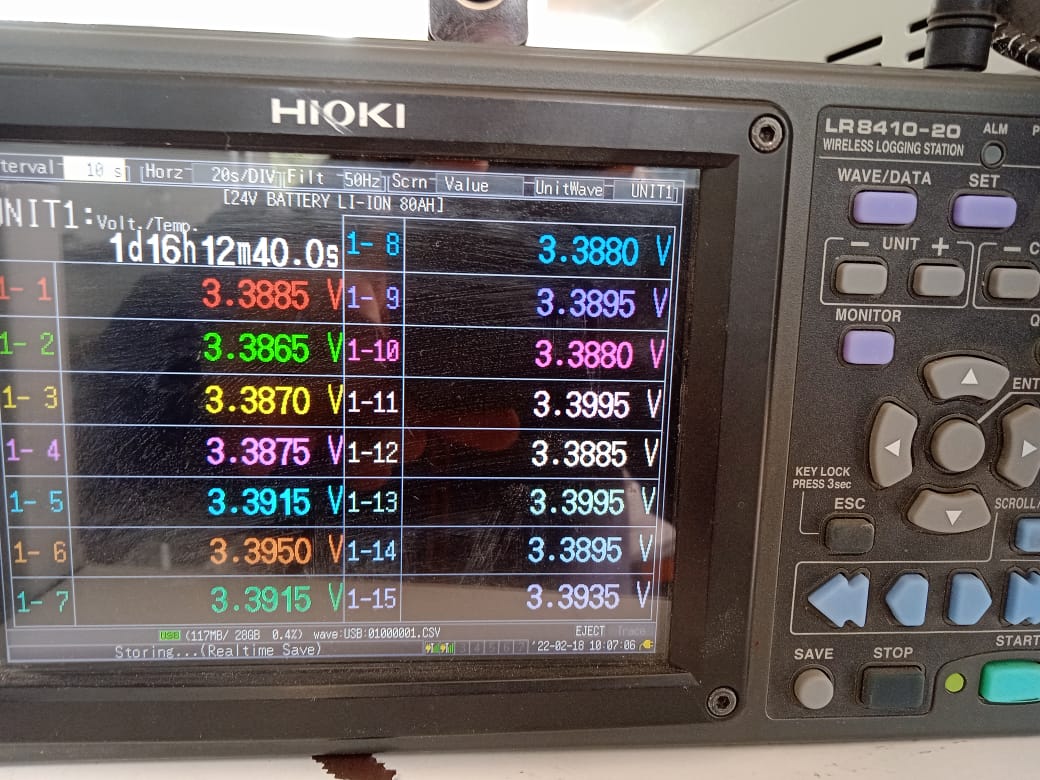
Most of the Lithium cell manufacturers are giving extra wattage if we charge the cell according to the voltages prescribed by them, which can lead to lower life expectancy from the cell as the competition between the cell manufacturers is increasing day by day, everyone tries to give maximum power in the same sizing of lithium cell which can be lethal for the life of the battery cell if charge the cell to the level to get the extra wattage from that particular cell.
Maintaining equalization is the most important in any Battery Management system, which any user does not give importance to as their ultimate goal is to fast charge and discharge the battery to get the maximum wattage from the lithium battery pack. The lithium battery fails because of overcharging one or more cells in the battery pack, which is created by the imbalance during the charging process only.
We have designed our Life cycle tester for testing the battery pack life, and we have established that our battery pack will last more than 2,000 cycles for cylindrical LifePo4 cells, as the manufacturer claims in the data sheet on the full load discharge capacity. We still use the same cell pack for the charge-discharge cycle and have completed more than 2100 cycles. We believe it to last more than 20 to 30% of the life cycle compared to the datasheet specification and can get almost 95% capacity of the lithium cell by this method.https://suvastika.com/lithium-battery-bank-life-cycle-tester-with-graphs-and-printer/
We are doing these tests on the cylindrical and Prismatic cells, and very soon, we will publish our papers in the technical journals once we have established the results on different types of lithium cells.
